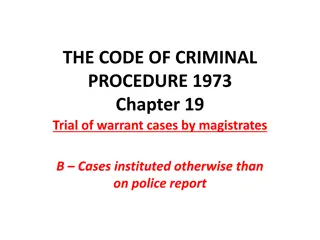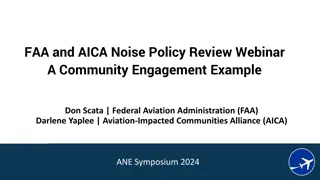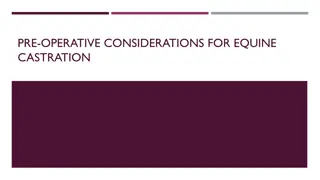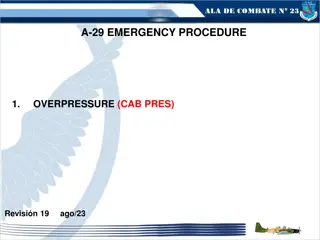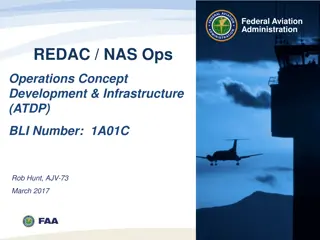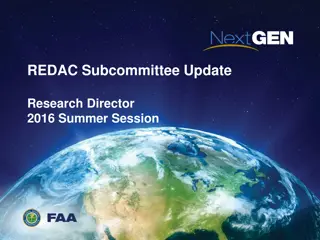FAA Considerations: Student Collaboration Procedure
Collaborative process between ESE teachers, specialists, and therapists for completing and reviewing FAA Consideration forms, ensuring student support and alignment with IEP goals. Streamlined steps for data submission, review, and workgroup meetings to enhance educational support and decision-making.
Download Presentation

Please find below an Image/Link to download the presentation.
The content on the website is provided AS IS for your information and personal use only. It may not be sold, licensed, or shared on other websites without obtaining consent from the author.If you encounter any issues during the download, it is possible that the publisher has removed the file from their server.
You are allowed to download the files provided on this website for personal or commercial use, subject to the condition that they are used lawfully. All files are the property of their respective owners.
The content on the website is provided AS IS for your information and personal use only. It may not be sold, licensed, or shared on other websites without obtaining consent from the author.
E N D
Presentation Transcript
FAA FAA Considerations Considerations Form Form PREPARED BY: CHRISTINE RAMBA, CONTENT SPECIALIST & JENNY CRABB, PROGRAM SPECIALIST OCTOBER 22, 2024
Identify student Collaboration between ESE teacher(s), ESE Support Specialist, Therapist(s) ESE Teacher(s) complete the FAA Consideration form and send to ESE Support Specialist ESE Support Specialist reviews and makes recommendations ESE Teacher(s)/Therapist(s) update form if needed Recommended Procedure ESE Support Specialist sends form to ESE SS Facilitator to review/recommend changes When form is complete and approved by the ESE Support Specialist and the ESE SS Facilitator, the ESE SS Facilitator sends form to Christine Ramba for Workgroup to review Christine Ramba will invite ESE SS, Program Specialist, and ESE SS Facilitator to Workgoup meeting. If unable to attend, Christine will either email team if all data is in place to go ahead and proceed with consideration, or she will set up a virtual meeting with team to review Workgroup s recommendations
Assessment Page (PEER) Including data in optional boxes in PEER In Brevard, data is required under the Assessment page in PEER for both continued and initial eligibilities For initial eligibilities, please copy and paste the data into PEER that you submitted to the FAA workgroup
FAA Criteria 1 Does the student receive ESE services as identified through the current IEP? Has the student been enrolled in the appropriate and grade-aligned courses using alternate achievement standards for 2 consecutive FTE reporting periods prior to the assessment? State s expectations: Student s schedule for appropriate and aligned courses using alternate achievement standards Survey 2 FTE Report FDOE Memo: Students who have met the criteria in Rule 6A-1.0943(5), F.A.C., except for Rule 6A- 1.0943(5)(c)1., F.A.C., which states the student must be enrolled in the appropriate aligned courses using alternate achievement standards for two (2) consecutive full-time equivalent reporting periods prior to the assessment, must participate in the FAST progress monitoring (PM3) and not the FSAA.
FAA Criteria 2 Even after documented evidence of exhausting all appropriate and allowable instructional accommodations, the student still requires modifications to the general education curriculum standards. State s expectations: Accommodation checklists, logs, anecdotal notes of accommodations provided for specific assignments, tests, etc. Program modifications or evidence of specific materials or equipment used, including evidence of training for school personnel for use of specialized materials or equipment
Criteria In Action
FAA Criteria 3 Even after documented evidence of accessing a variety of supplementary instructional materials, the student still requires modifications to the general education curriculum standards. State s expectation: Type of instruction or special education services Supplementary aids and services provided to the student Accommodations and modifications for the classroom, district and statewide assessments
Criteria In Action SIM could include (not limited to): Audio/ Digital text Math manipulatives Number lines/ten frames Songs Videos Boardmaker core boards Picture/ word vocabulary Puzzle/ games Highlighters Large print/ Braille
Four step process for IEP teams to consider: Establish need for instructional materials in specialized formats. Select which type of specialized format(s) are needed by the student. Determine how to acquire needed formats in a timely manner. Consider what supports are needed for effective use of the specialized formats by the student. Things to consider: How are decisions made about accessible instructional materials? Can/does the student: read and use the standard print-based materials used by the other students? see the material well enough to read the information on a level comparable to other classmates? physically manipulate the material without strenuous effort? have the necessary stamina to read standard materials for extended periods of time? have the decoding, fluency, and processing skills needed to gain information from grade-level printed materials? have sensory, physical, and cognitive capability; reading level (decoding, word recognition, comprehension and fluency skills); grades; classroom performance; and levels of academic proficiency in all subject areas? If the answer is no : It may indicate that a student needs the instructional materials in specialized formats.
PEER Documentation Accessible Instructional Materials (AIM) A Technical Guide for Families and Advocates FDOE Technical Assistance Paper Accessible Instructional Materials
FAA Criteria 4 Even with documented evidence of the provision and use of assistive technology, the student still requires modifications to the general education curriculum standards. State s expectation: Provision and use of assistive technology
Criteria In Action
Criteria in Action Assistive Technology Access to Instruction to Instruction Unable to Access Student Student Barrier
PEER Documentation Under Supplementary Aids and Services: Document that the student utilizes an assistive technology tool or support Supplementary Service of Assistive technology tool/support FLDOE AT TAP BPS AT Website Under Accommodations: Describe the AT tool or support without naming the specific brand of tool Dynamic-display voice-output device Text-to-speech technology
FAA Criteria 5 Was the assessment instrument used to measure the student s global level of cognitive functioning selected to limit the adverse impact of already identified limitations and impairments? State s expectation: Data to support that the assessment instrument used to measure the student s global level of cognitive functioning was selected to limit the adverse impact of already-identified limitations and impairments A copy of the evaluation report Reminder: A school psychologist must be present for the IEP where initial eligibility is being considered.
FAA Criteria 6 Does the student have a most significant cognitive disability as defined by a: 1. A statistically significant below-average global cognitive score that falls within the first percentile rank (i.e., a standard, full-scale score of 67 or under) 2. An evaluation process with procedures to identify students with the most significant cognitive disability when a global, full-scale intelligent quotient score is unattainable. State s expectation: Information verifying a statistically significant below average global cognitive score that falls withing the first percentile rank Or is verified by the school district and FDOE-approved procedure A copy of the evaluation report
Extraordinary Circumstance If an Extraordinary Circumstance is required, the psychologist that is part of the FAA workgroup will submit the appropriate document once the Considerations Form has been reviewed/approved.
Additional Requirements 1 Even with direct instruction in all core academic areas (i.e., English language arts, mathematics, social studies and science), the student exhibits limited or no progress on the general education curriculum standards and requires modifications. State s expectation: Direct instruction in English language arts, mathematics, social studies, science Data supporting the multi-tiered system of supports (MTSS) including interventions at Tier 1, 2, and 3
Additional Requirements 2 Documentation of specially designed instruction, which provides unique instruction and intervention supports that is determined, designed, and delivered through a team approach, ensuring access to core instruction through the adaptation of content, methodology, or delivery of instruction and exhibits very limited to no progress in the general education curriculum standards. State s expectation: Data supporting the multi-tiered system of supports (MTSS) including interventions at Tier 1, 2, and 3
Criteria In Action Content Methodology Delivery Intensive phonemic awareness instruction Alternate formats Small group instruction Multi-sensory methods for comprehending new vocabulary Changing content order Very small group instruction Alternate math strategies Focus on key concepts Decrease in pacing Guided study skills
Adaptation of Adaption of Content Purpose and appropriateness of task Pace Application and demonstration of knowledge Procedures and Routines Environment Size and/or complexity of the text Resources and Materials Adaption of Methodology Timer, Previewing assignments, contracts, goals Personalized Rubric Frequent checks for understanding Computer support Highlighted Materials and techniques, graphic organizer use, colored overlays Adaption of Delivery Instruction in evidence-based strategies and supports Explicit Instruction on process and procedures Fluency Strategies to use independently Auditory Strategies including language structure Strategies including word recognition and visual memory Visual, Auditory, and or hands on learning strategies
Additional Requirements 3 The student must be receiving support through systematic, explicit, and interactive small-group instruction focused on foundational skills in addition to instruction in the general education curriculum standards. State s expectation: Small group instruction Data supporting the multi-tiered system of supports (MTSS) including interventions at Tier 1, 2, and 3
Criteria In Action Tier 1 Tier 2 Tier 3 Student learning and progress on grade level standards are the purposes of SDI for SWD Supplemental interventions to address specific needs for explicit practice in a targeted skill in small groups Sustained intensive interventions due to the nature of their disability If a positive impact is not being made, then the IEP team must recognize that the SDI is not matched OR effectively implemented to meet student needs May include accommodations like text-to-speech during guided practice What s Special about Special Education? Specially Designed Instruction for Students with Disabilities within a Multi-tiered System of Supports , FLDOE Technical Assistance Paper, August 1, 2014
Criteria In Action
Additional Requirements 4 Was the student present for grade-level general education curriculum standards instruction for at least 70 percent of the school year prior to the assessment (N/A for transfer students)? State s expectation: A copy of the student s schedule Attendance records Mallory asks: So, technically, even with ALL data, you wouldn t be able to have the conversation for access points until the following year - for example, instruction in 22-23 school year and decision in August of 23-24 school year - especially since pre-k doesn t count. State says: Yes, that is correct. However, it is an IEP team decision based on data. Be mindful of the time of year you are submitting if spring, be sure to include an overview of this year s data as well.
Additional Requirements 5 Was the student instructed by a certified teacher for at least 80% of the prior school year (N/A for transfer students)? State s expectation: A copy of the student s schedule showing the teacher of record Teacher certification Mallory asks: For students being considered for FSAA Eligibility, will out-of-field certification count as being instructed for 80% of the school year by a certified teacher? State says: The short answer is no because the student must have been instructed by a certified teacher. Be mindful of what certifications are required for the courses each teacher is assigned.
Exclusionary Criteria 1 - 3 Is the student identified as a student with a specific learning disability or as gifted? Is the student identified only as a student eligible for services as a student who is deaf or hard of hearing or has a visual impairment, a dual sensory impairment, an emotional or behavioral disability, a language impairment, a speech impairment, or an orthopedic impairment? Did the student score a level 2 or above on a previous statewide, general education curriculum standardized assessment administered pursuant to Section 1008.22(3)(a) and (b), F.S., unless there is medical documentation that the student experienced a traumatic brain injury or other health-related complication subsequent to the administration of that assessment that led to the student having the most significantly below-average global cognitive impairment? State s expectation: Documentation of the student s primary and other exceptionalities Documentation of the student s assessment history Any medical documentation needed to support the decision
FAA Workgroup submission(s) The ESE Support Specialist Facilitator will email the completed FAA Considerations Form (word document, not pdf) to Christine Ramba If you have a specific question about a Psychological Report, please see the Psychologist who administered the assessment If school-based assistance is needed to complete the form, please reach out to your ESE Support Specialist.
Contacts Mallory White, Assistant Director (Elementary Program Support) @ White.Mallory@brevardschools.org or ext. 11513 Christine Ramba, Content Specialist (IEP/EP/504/Matrix/Transition/PEER) @ Ramba.Christine@brevardschools.org or ext. 11522 Jenny Crabb, Program Specialist @ Crabb.Jennifer@brevardschools.org or ext. 11386
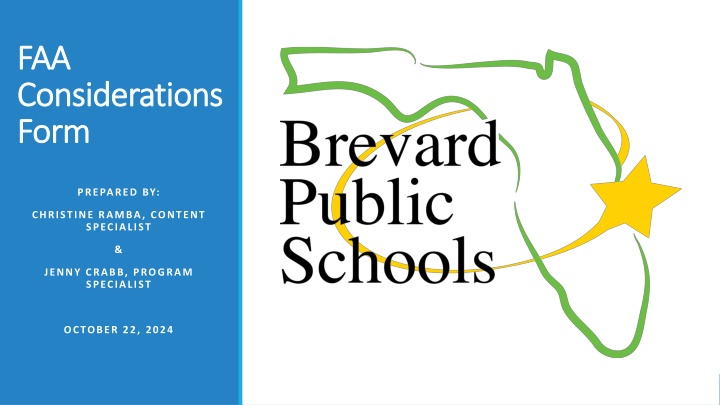

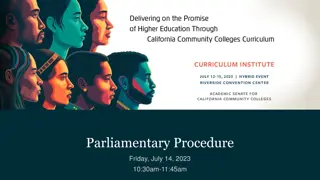
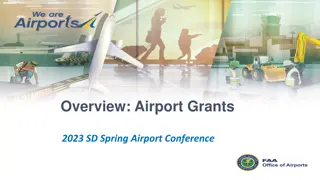
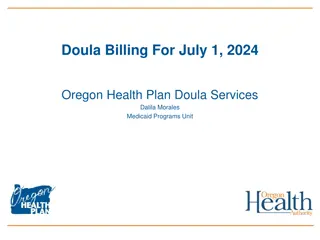
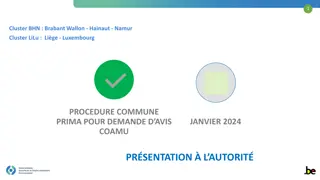
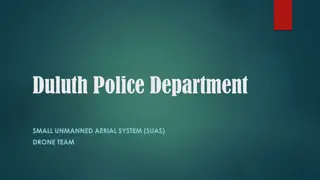
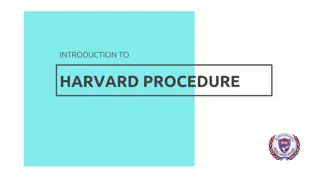
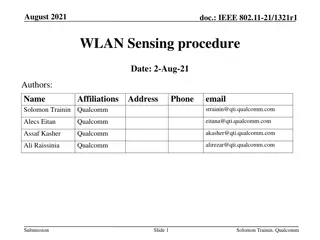
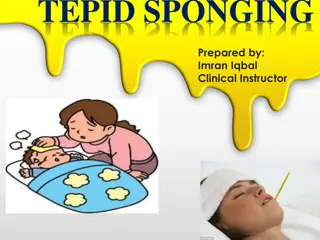
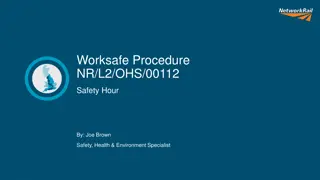
![Briefing on the Criminal Procedure Amendment Bill [B12-2021] to the Portfolio Committee on Justice and Correctional Services](/thumb/157093/briefing-on-the-criminal-procedure-amendment-bill-b12-2021-to-the-portfolio-committee-on-justice-and-correctional-services.jpg)


